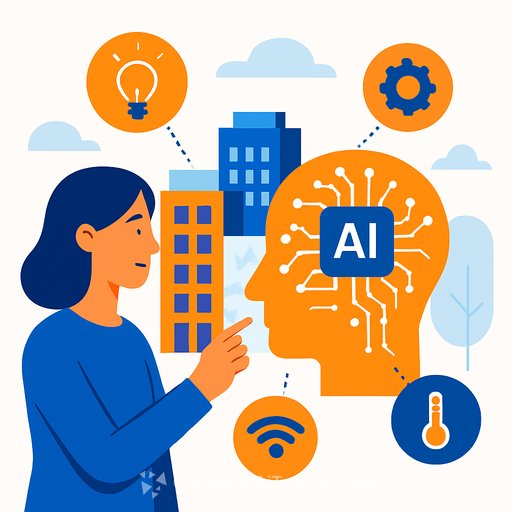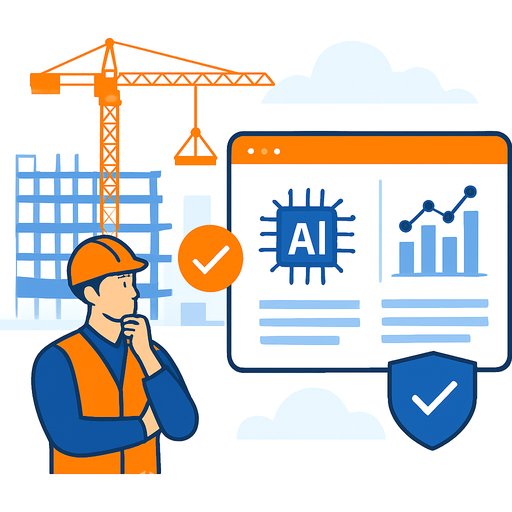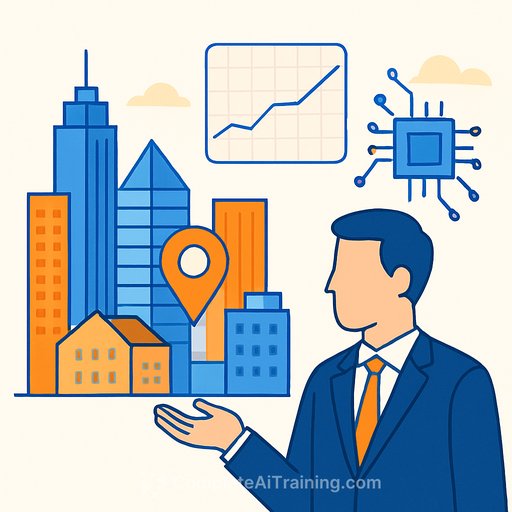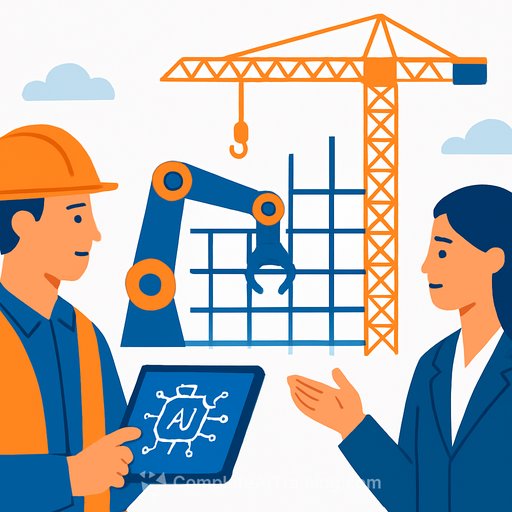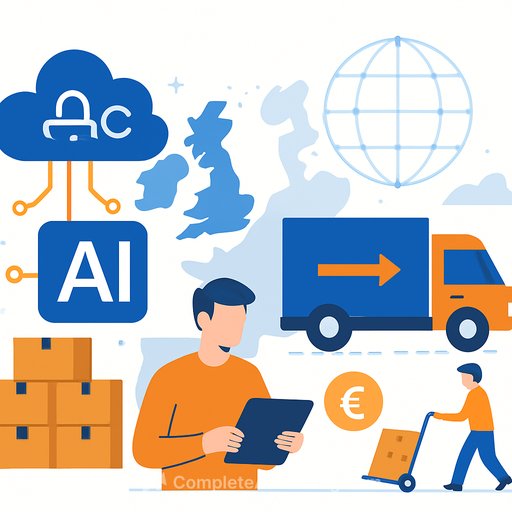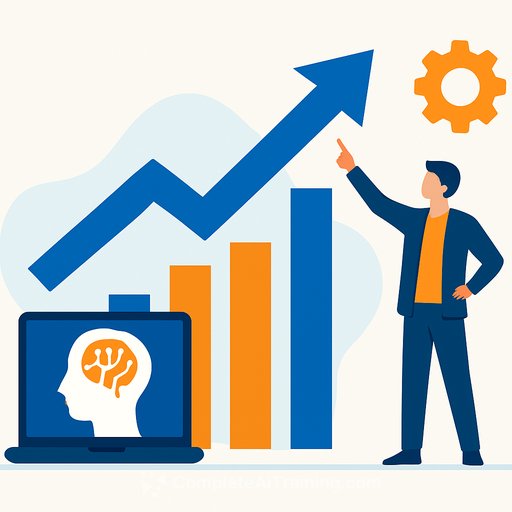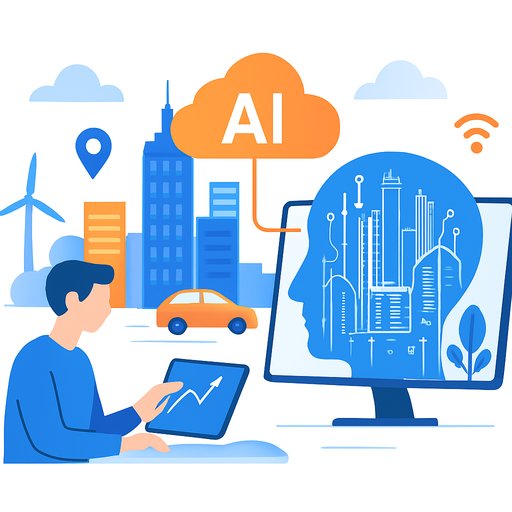How Human-Centric Integrated AI is Modernising Building Management
July 23, 2025
AI’s most valuable applications in building management are often subtle but essential. The future of commercial real estate (CRE) includes buildings that respond intelligently to real-time conditions, creating environments that are efficient and comfortable for occupants.
Gartner reports that 94% of power and utility CIOs plan to increase AI investments this year. This trend signals a shift where buildings will automatically adjust heating, lighting, and maintenance operations based on occupancy, traffic flows, and other sensor data.
Smart, Integrated Monitoring Is a Must
Traditional building management systems often suffer from disconnected technologies, leading to data silos and inefficiencies. Adding new tools without integration creates more complexity and hinders real-time decision-making.
A unified platform that consolidates data visibility is essential. Integrated AI solutions analyze data continuously, alerting management teams to anomalies and performance issues before they escalate.
For example, AI-powered monitoring can identify underused spaces and adjust HVAC settings accordingly, reducing energy costs while maintaining occupant comfort. In one case, integrating AI across 165 HVAC chillers with three years of sensor data enabled early failure detection with 73% accuracy, cutting downtime and maintenance expenses.
Laying the Groundwork for Effective AI Integration
Nearly half of CRE professionals believe AI will transform their industry within five years. Unlike earlier AI tools that operated as black boxes, today’s AI solutions are built to support human decision-making.
Addressing data fragmentation is the first step. AI systems require clean, organized data to function well. Without it, trust and governance become difficult to establish. Prioritize interoperability by choosing AI tools that seamlessly integrate with existing building management systems.
Smart HVAC systems that monitor energy use and self-adjust are among the most practical AI applications for buildings. However, AI should always serve to empower human managers rather than replace them.
Balancing AI Automation with Human Oversight
To get the most from AI, building teams must be trained in its use and management. Establish clear protocols for AI accountability, human intervention, and security measures. This approach ensures AI tools are used safely and efficiently.
The buildings of tomorrow will embed AI deeply in their infrastructure, but human oversight will remain critical. Success depends on a clear framework that blends AI insights with experienced management to create smart, sustainable, and cost-effective spaces.
For professionals seeking to enhance their AI knowledge in building management and other sectors, exploring specialized courses can be a valuable step. Resources like Complete AI Training’s latest AI courses offer practical guidance on integrating AI into real-world operations.
Your membership also unlocks:

